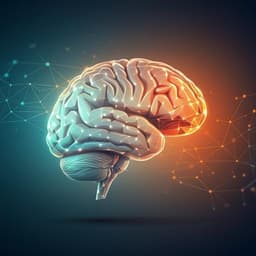
Medicine and Health
Dynamic control of decision and movement speed in the human basal ganglia
D. M. Herz, M. Bange, et al.
This groundbreaking research explores how the basal ganglia influence decision-making and movement speed, revealing independent control mechanisms in the subthalamic nucleus. Conducted by Damian M. Herz and colleagues, this study provides valuable insights into adaptive behavior in Parkinson's disease patients through advanced electrophysiological techniques.
Playback language: English
Related Publications
Explore these studies to deepen your understanding of the subject.







